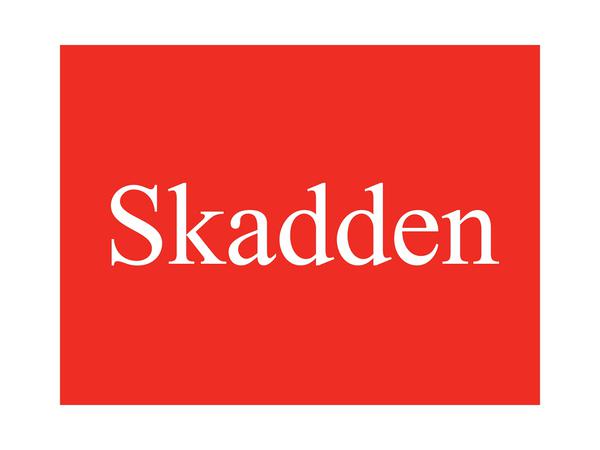On April 28, 2022, the New York State Department of Financial Services (DFS) issued guidance on the use of blockchain analytics for virtual currency businesses licensed under 23 NYCRR part 200 (also known as a BitLicense) or chartered as limited purpose trust companies under the New York Banking Law (collectively, NY Virtual Currency Entities). The DFS guidance signals increasing regulatory expectations that institutions engaged in virtual currency activities will take advantage of the unique opportunities that blockchain analytics offer to support compliance functions, such as customer due diligence, transaction monitoring and sanctions screening.
In the guidance, DFS pointed out that, while virtual currencies present new compliance challenges (for example, by enabling peer-to-peer pseudonymous transfers without regulated intermediaries), they also present new possibilities for control measures, such as provenance tracing (tracking of coin transactions), because blockchain technology typically allows a historical view of virtual currency transmission between wallet addresses. In this way, DFS explained, virtual currencies can offer greater visibility into transaction lineage than is typically possible with traditional funds transfers.
DFS “emphasize[d] the importance of blockchain analytics” in compliance with anti-money laundering (AML) requirements under 23 NYCRR §200.15, and across a range of Bank Secrecy Act/AML and sanctions-related compliance controls. It discussed three areas in detail:

In addressing these areas, DFS explained that NY Virtual Currency Entities can use third-party service providers or internally developed blockchain analytics products for additional control measures, separately or in combination. However, to the extent control functions are outsourced, DFS emphasized that they must have clearly documented policies, processes and procedures regarding how the blockchain analytics activity integrates into the entity’s overall control framework, consistent with its risk profile.
Broadly, DFS emphasized that an NY Virtual Currency Entity’s risk mitigation strategy must take account its business profile to assess risk across virtual currency types and take steps to address the specific characteristics of any relevant virtual currencies. While appropriate control measures may vary between NY Virtual Currency Entities, depending on their risk profiles, in all cases documentation must describe case management and escalation processes and must clearly delineate roles and responsibilities across the business and the compliance function.
Significance of the Guidance
The DFS guidance highlights the importance of blockchain analytics in compliance programs by businesses operating in the virtual currency space. Although it is targeted at New York-regulated entities, it may signal a broader shift in regulatory expectations beyond the state, where virtual currency businesses are expected to employ blockchain analytics to support their compliance functions, and it may serve as a useful guide for the industry more generally.
The guidance is a positive development in that it signals that regulators may have moved beyond debating the legal permissibility of digital assets activities and are now more keenly focused on the supervision of these activities to ensure they are conducted in a safe and sound manner.
Associate Joe Sandman assisted in the preparation of this alert.
Download PDF




